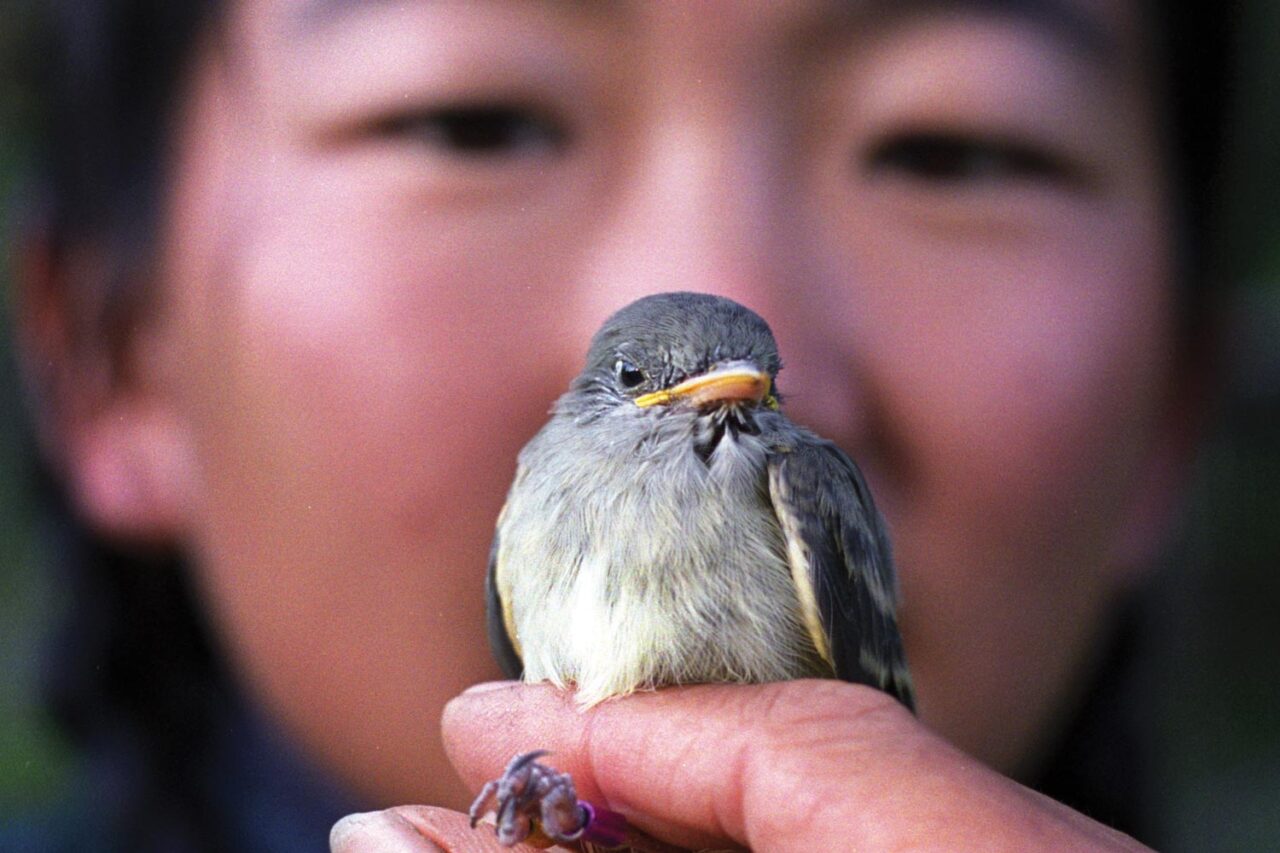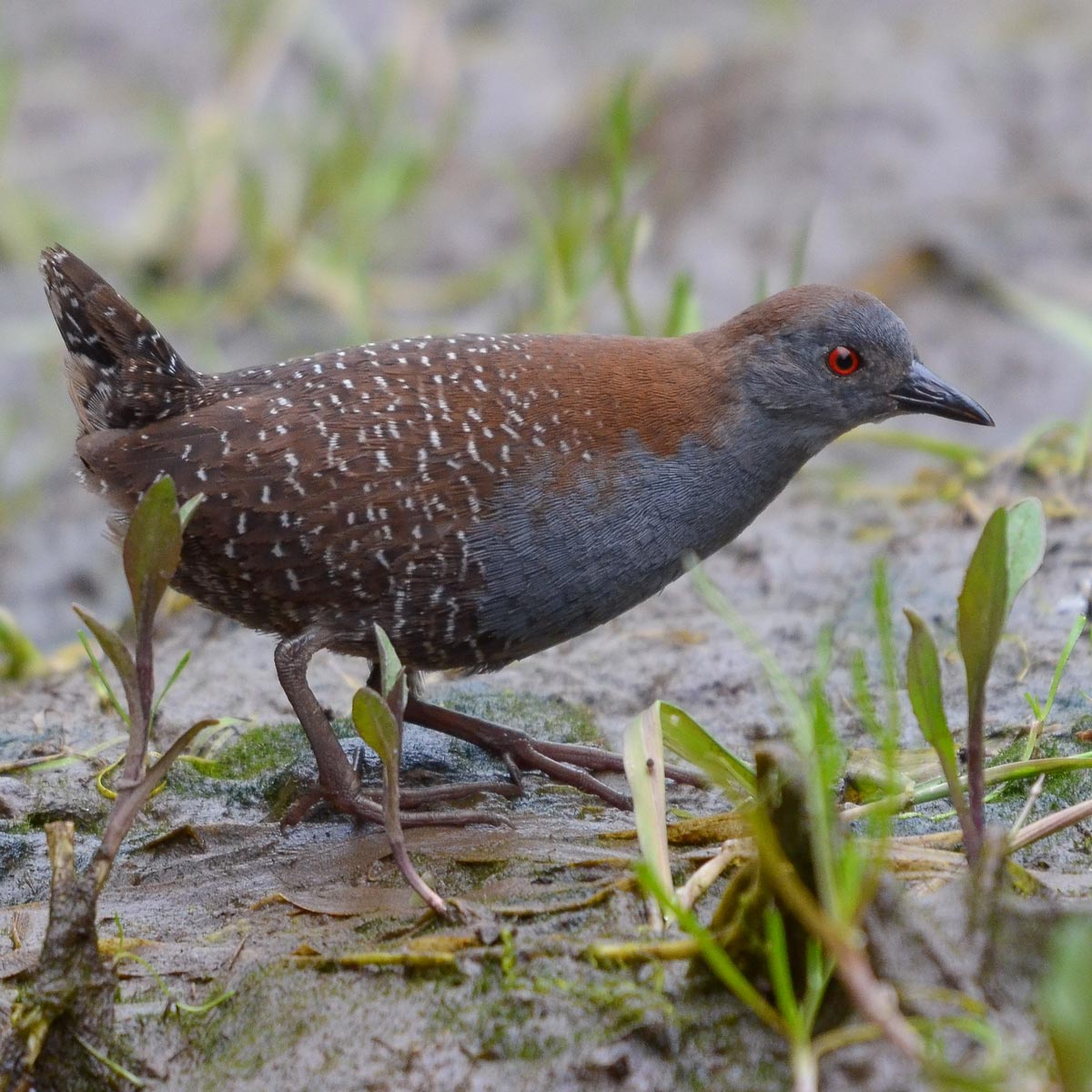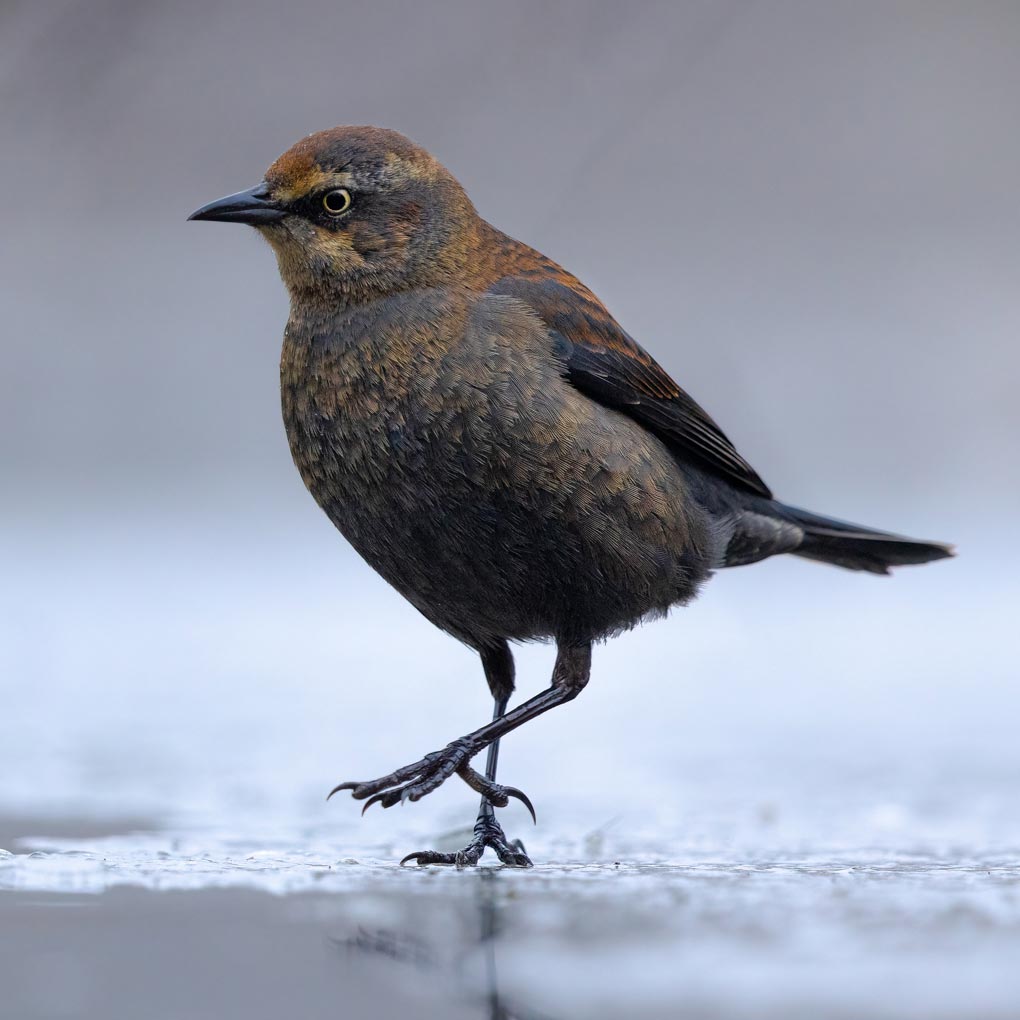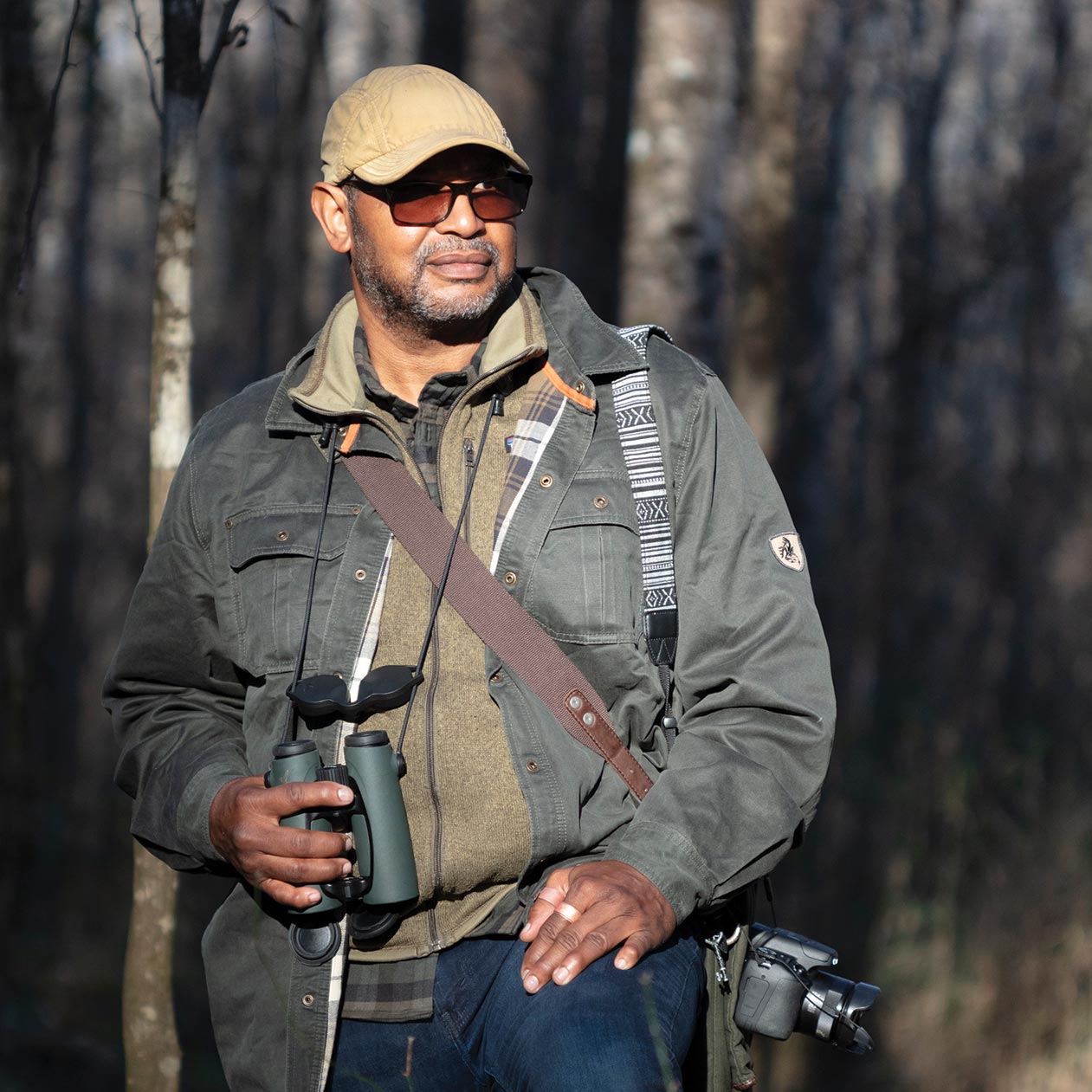A Convergent Destiny for Birds and People

By J. Drew Lanham
It’s a perfectly destructive storm—climate change; habitat destruction; pesticide impacts; outdoor cats; persecution and downright negligent behavior—wreaking havoc on feathered beings around the globe.
Here in North America, birds face these Anthropocene headwinds and many struggle to make their way forward, even as they stand as symbols and impetus for so much environmental conservation and appreciation. According to the U.S. Fish and Wildlife Service, more than 45 million Americans call themselves birders or bird watchers, but billions of birds disappearing in a half century of decline posits an odd, juxtaposed picture of growing absence amidst heightened adoration.
For some species like the Black Rail and Cerulean Warbler, the steep declines imperil local populations with extirpation. For those and too many others, endangerment and extinction loom. As once common species like Northern Bobwhite and Rusty Blackbirds dwindle to rare across much of their range, how do we make head and heart space for considering birds and their welfare, in the midst of so much human suffering—pandemic, war, injustice, bias? Is there some link between us that can bring broad efforts at doing better for us both, to bear?


Yes. I believe because we share the same home ranges as the birds we love—and within those geographical overlaps, we share the same air, same water, same soil, and ultimately the same fate—there’s a convergent moral imperative to bird conservation we can’t underestimate. These aren’t just “our” birds either. We share many migratory bird species with the rest of the Western Hemisphere and some with the world. This makes our actions, for better or for worse, wide-ranging.
Again that collective idea of range and fate sharing comes into play. Perhaps if we all saw ourselves as wild canaries in a global mine of finite resources and limited time, we’d become more urgent in our advocacy. Yes, millions make birds their hobby and perhaps thousands a profession. But it isn’t just enough to watch or count or research or manage or even declare our love for the backyard robin, the shorebird at the beach, or the rare warbler in some hard-to-reach wilderness.
The dire circumstances at hand demand we activate affection, profession, and obsession into policy and practice that mitigate the storms that stall flight and ditch so many species into seas of declining despair.
Consider this: At some point in our not-so-long-ago history, someone looked skyward and dismissed the uncountable hordes of birds darkening the skies as inexhaustible, and in doing so, arrogantly dismissed abundance, even as avarice brought billions to one, then none. The Passenger Pigeons cannot be recovered, that road has long since closed. But we do have a chance now to act with science, managers, birders, and the public at large to co-produce (teamwork interdependently) saving solutions that will benefit us all, birds and human beings. Yes, the convergent calamities of our time have been hard to push through. But a few past successes like the Bald Eagle and Peregrine Falcon (delisted from Endangered Species status in 2007 and 1999, respectively) are indicators that there are paths we can follow. From where will the tailwinds come that give us easier passage to better days?
Doing the right things for birds benefits people. Doing right by one another as humans benefits all else. Same earth. Same fate. It will be all of us understanding common plight, and in that knowing of shared geographies, life requisites, and destinies between feathered and humanity, a move forward on this road to recovery.

